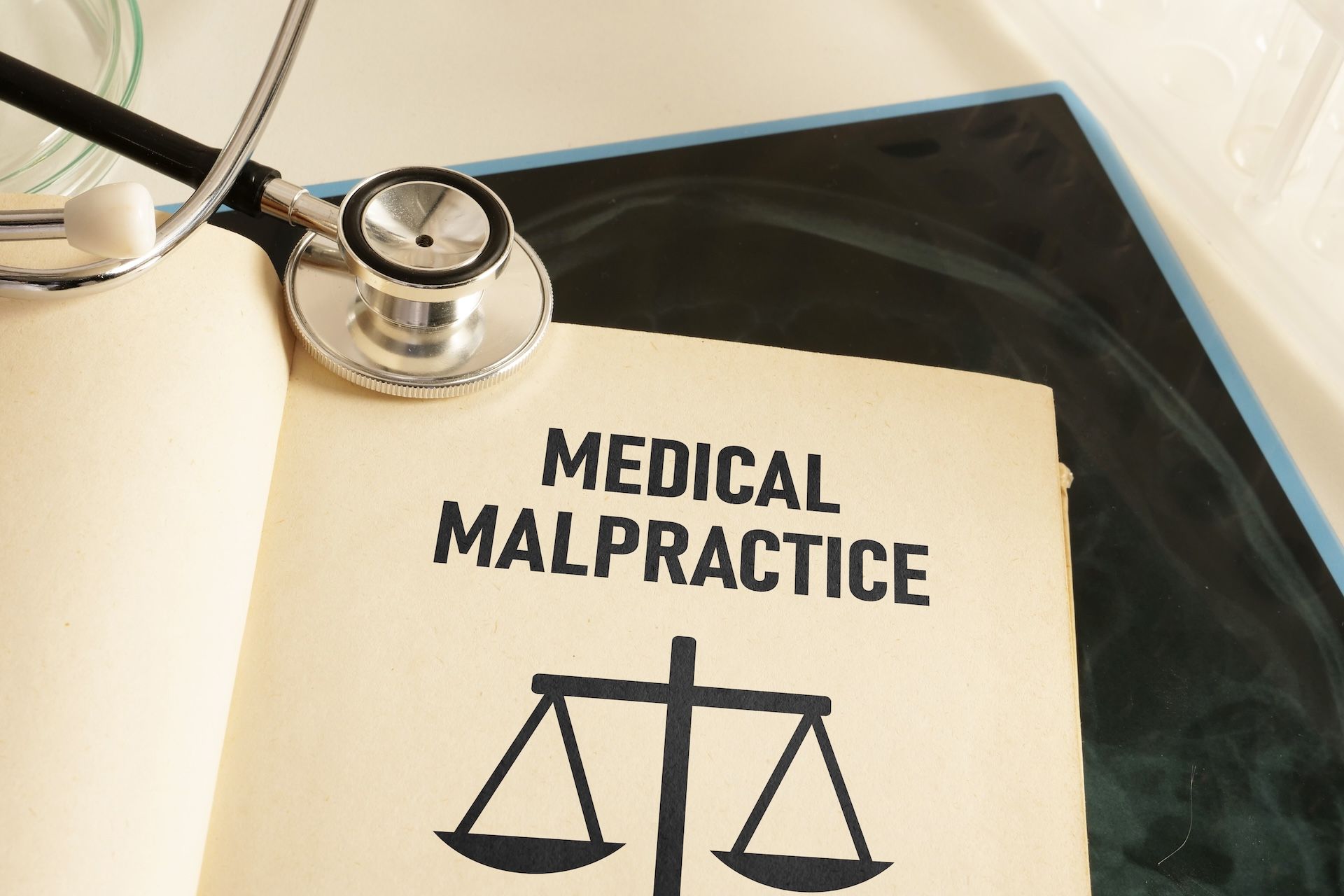Understanding Acute Ischemic Stroke: Causes, Symptoms, and Treatment
Stroke remains one of the most pressing health challenges globally, with acute ischemic stroke being a major subtype. Understanding its causes, symptoms, and treatment options can potentially save lives, reduce its debilitating effects, and help caregivers provide effective support.
Join us as we reveal essential facts about acute ischemic stroke so that you can be sure to give your loved ones the care the attention necessary for optimal results and well-being.
What Is Acute Ischemic Stroke?
Acute ischemic stroke, a significant subtype of stroke, is a severe neurological event. It transpires when the flow of blood carrying essential oxygen and nutrients to a particular area of the brain is impeded. This disruption is typically a consequence of a blockage in one or more arteries that nourish the brain.
The obstruction is commonly a result of a blood clot, a semi-solid or gel-like lump of blood that has undergone a change from its usual liquid state. Depending on the clot’s dimensions and precise location, the extent of impacted brain tissue can vary considerably.
If brain cells are cut off from oxygen for a substantial duration, they begin to perish, potentially leading to irreversible damage or, in severe cases, proving fatal.
The broad spectrum of potential consequences highlights the gravity of acute ischemic stroke, emphasizing the need for comprehensive understanding and swift action in response to this life-threatening condition.
Causes of Acute Ischemic Stroke
A multitude of risk factors contributes to the onset of acute ischemic stroke. The most notable are underlying health conditions, such as:
Hypertension (high blood pressure)- Hyperlipidemia (high cholesterol)
- Diabetes mellitus
- Cardiovascular diseases, including atrial fibrillation and coronary artery disease
There are several conditions that can result in the formation of blood clots in the vessels, which increases the possibility of a stroke.
Moreover, certain lifestyle habits and demographic factors are also known to significantly raise the chances of experiencing an acute ischemic stroke.
Obesity, excessive alcohol consumption, smoking, and physical inactivity have all been linked with increased stroke risk. Other factors, such as advanced age and a family history of stroke or cardiovascular diseases, also enhance susceptibility.
Although certain factors, such as age and genetics, are uncontrollable, there are numerous ways to manage or eliminate other risks. Leading a healthy lifestyle, which includes regular exercise, a well-balanced diet, moderation in alcohol consumption, and refraining from smoking, can considerably lower the chances of experiencing a stroke.
Additionally, undergoing routine medical check-ups to monitor hypertension, cholesterol, and diabetes can be crucial in preventing strokes. This all serves to illustrate the paramount importance of proactively managing one’s health to mitigate the risk of acute ischemic stroke.
Recognizing the Symptoms
Early detection of acute ischemic stroke is crucial in mitigating the impact of the stroke. The key symptoms include sudden numbness or weakness in the face, arm, or leg, particularly on one side of the body.
Confusion, trouble speaking or understanding, difficulty seeing, dizziness, loss of balance, and severe headaches with no known cause are also common indicators. A useful acronym for recognizing stroke symptoms is FAST:
- Face drooping
- Arm weakness
- Speech difficulty
- Time to call 911
The quicker the recognition and reaction, the better the potential outcome. Thus, it should be a priority to memorize the FAST system and employ it in the event that it’s needed.
Treatment Options for Acute Ischemic Stroke
When an acute ischemic stroke is confirmed, swift action becomes paramount to prevent extensive brain damage and maximize the chances of recovery. The primary goal of treatment is to reestablish blood flow to the oxygen-deprived brain tissues, limit the damage caused by the stroke, and mitigate the risk of subsequent strokes.
Two main treatment options are generally recommended depending on the severity and circumstances of the stroke: intravenous thrombolysis and mechanical thrombectomy.
Intravenous Thrombolysis
Intravenous thrombolysis is a frontline treatment for acute ischemic stroke. The procedure involves administering a drug known as a tissue plasminogen activator (tPA), such as Alteplase, through an intravenous (IV) line. tPA is an enzyme that aids in the breakdown of blood clots.
By dissolving the clot that is impeding blood flow to the brain, tPA enables the restoration of oxygen and nutrient supply to the affected tissues, thereby helping to reduce the severity of the stroke’s effects.
However, the efficacy of tPA is highly time-sensitive. The sooner it can be administered after the onset of stroke symptoms, the greater its effectiveness.
As such, current guidelines recommend that tPA should be administered within four and a half hours of stroke symptom onset. This underscores the importance of recognizing stroke symptoms early and seeking immediate medical attention.
Mechanical Thrombectomy
Mechanical thrombectomy is another treatment option, particularly useful for larger clots causing large vessel occlusion (LVO) strokes. In this procedure, a catheter (a thin, flexible tube) is guided through an artery in the patient’s groin up into the blocked artery in the brain.
At the tip of the catheter is a wire-cage device known as a stent retriever. Once positioned at the site of the clot, the stent retriever is expanded to ensnare the clot. The clot, along with the stent retriever, is then carefully withdrawn, thereby reestablishing blood flow to the brain.
While mechanical thrombectomy is typically performed within six hours of stroke symptom onset, under certain conditions, the window for treatment can be extended up to 24 hours.
These conditions usually involve advanced imaging to confirm that brain tissue is still salvageable and that the benefits of the procedure would outweigh the risks.
Both intravenous thrombolysis and mechanical thrombectomy have revolutionized the treatment of acute ischemic stroke, significantly improving patient outcomes.
However, their success relies heavily on swift recognition of stroke symptoms and immediate medical intervention. Thus, raising public awareness about stroke symptoms and the urgency of treatment is of vital importance.
Wrap Up
Understanding acute ischemic stroke—its causes, symptoms, and treatment options—is vital in managing the disease, minimizing its impact, and ensuring appropriate care. It is equally important to remember the urgent and collaborative nature of
stroke care, where every second can make a significant difference.
The information in this blog post is for reference only and not legal advice. As such, you should not decide whether to contact a lawyer based on the information in this blog post. Moreover, there is no lawyer-client relationship resulting from this blog post, nor should any such relationship be implied. If you need legal counsel, please consult a lawyer licensed to practice in your jurisdiction.
Disclaimer: The information on this website and blog is for general informational purposes only and is not professional advice. We make no guarantees of accuracy or completeness. We disclaim all liability for errors, omissions, or reliance on this content. Always consult a qualified professional for specific guidance.
RECENT POSTS






